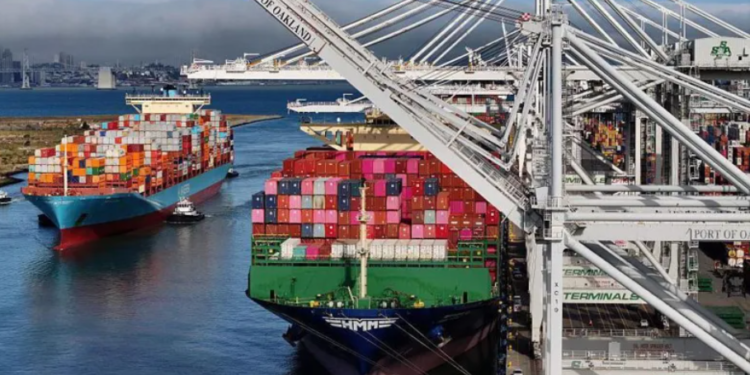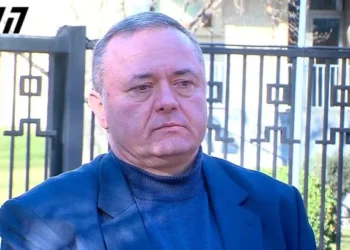A sweeping set of new US tariffs targeting more than 90 countries came into effect this week, as President Donald Trump pushes forward with a dramatic overhaul of global trade policy.
Just hours before the deadline for countries to negotiate exemptions, Trump took to his Truth Social platform, claiming the tariffs were already generating billions of dollars for the US economy.
The president’s latest round of tariffs includes a 50% levy on Indian goods—set to take effect on 27 August—unless New Delhi halts its imports of Russian oil. In a separate move, Trump also threatened a 100% tariff on foreign-manufactured semiconductors, pressuring technology companies to shift production to American soil.
The announcement came as Apple pledged a $100 billion investment in the US, reportedly under pressure from the White House to localize more of its operations.
Last week, the Trump administration released an updated list of tariff hikes affecting dozens of trading partners and extended the deadline for reaching deals with Washington to 7 August. Countries have been scrambling to secure exemptions or reduced rates—what Trump describes as “reciprocal tariffs”—before the cutoff.
The president argues that the current global trade system disadvantages the United States and has vowed to reshape it. Export-reliant economies in Southeast Asia have been among the hardest hit by the new measures. Laos and Myanmar, both heavily dependent on manufacturing, face tariffs as high as 40%. Analysts suggest that Trump may be targeting nations with strong economic ties to China.
Despite the sweeping nature of the tariffs, Asian markets remained relatively stable on Thursday. Major indexes in Japan, Hong Kong, South Korea, and mainland China ticked slightly higher, while markets in India and Australia edged down.
“This is supposed to be it,” said Bert Hofman, economist at the National University of Singapore. “Now you can start to analyze the impact of the tariffs.”
Several major economies have already secured partial relief. The UK, Japan, and South Korea have struck deals for reduced rates, while the European Union agreed to a framework deal accepting a 15% tariff on EU goods.
Switzerland, however, has yet to reach an agreement. With a 39% tariff imposed, Swiss officials called an emergency meeting Thursday, warning of significant damage to their export-heavy economy.
Taiwan, a close US ally, faces a 20% tariff. President Lai Ching-te called the rate “temporary,” noting that negotiations with Washington are ongoing.
Canada, meanwhile, saw its tariff rate increased from 25% to 35% after Trump accused the country of failing to stem the flow of fentanyl and other drugs into the US. However, most Canadian exports remain exempt thanks to the United States-Mexico-Canada Agreement (USMCA).
Mexico has been granted a 90-day reprieve as trade negotiations continue.
In a major escalation, Trump doubled down on his semiconductor stance Wednesday, confirming he would implement a 100% tariff on foreign-made chips. However, major manufacturers with substantial US investments—including Taiwan’s TSMC and South Korea’s SK Hynix and Samsung—are reportedly exempt. Officials in Taipei and Seoul confirmed the exemptions in separate statements.
The White House has yet to respond to BBC requests for clarification, while TSMC declined to comment. SK Hynix and Samsung have also been contacted for responses.
Also on Wednesday, Trump finalized the 50% tariff on India, citing the country’s ongoing energy ties with Russia. India condemned the move as “unfair, unjustified and unreasonable,” vowing to defend its national interests.
“This marks a sharp change in Trump’s approach to Moscow,” said Farhan Badami, market analyst at financial services firm eToro. “There is the possibility that India is only the first target Trump intends to punish for maintaining trade with Russia.”
Brazil has also been hit with a 50% tariff after Trump accused President Luiz Inácio Lula da Silva of unfairly targeting US tech companies, and condemned the prosecution of former President Jair Bolsonaro as a “witch hunt.”
Meanwhile, talks between Washington and Beijing are ongoing as the two sides attempt to extend a 90-day pause on new tariffs, set to expire on 12 August.













